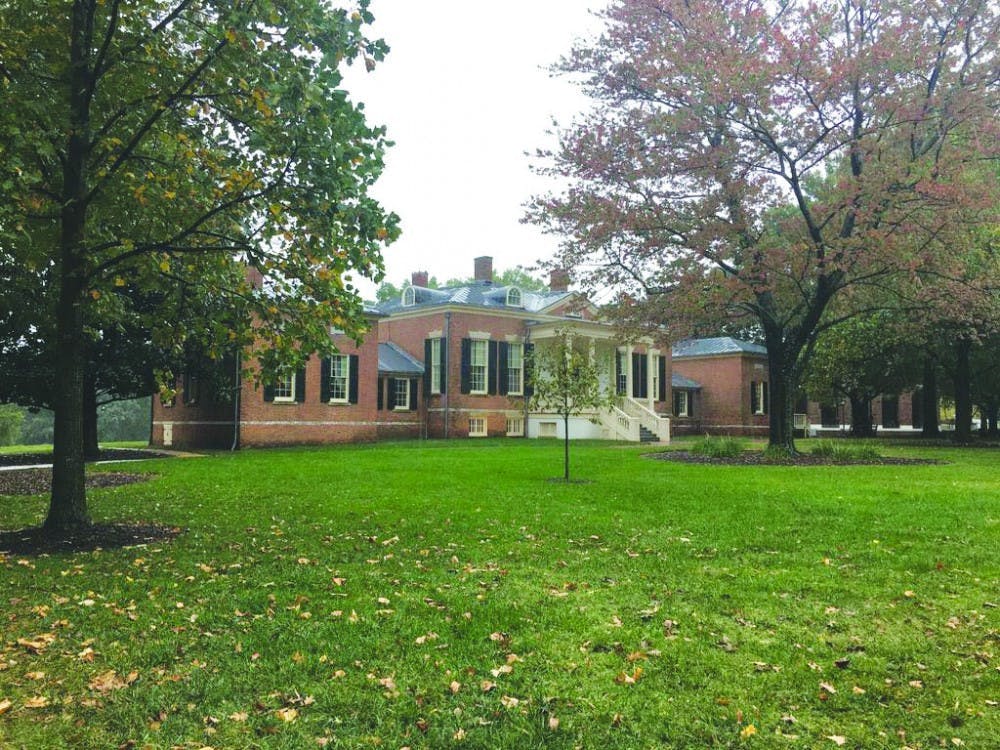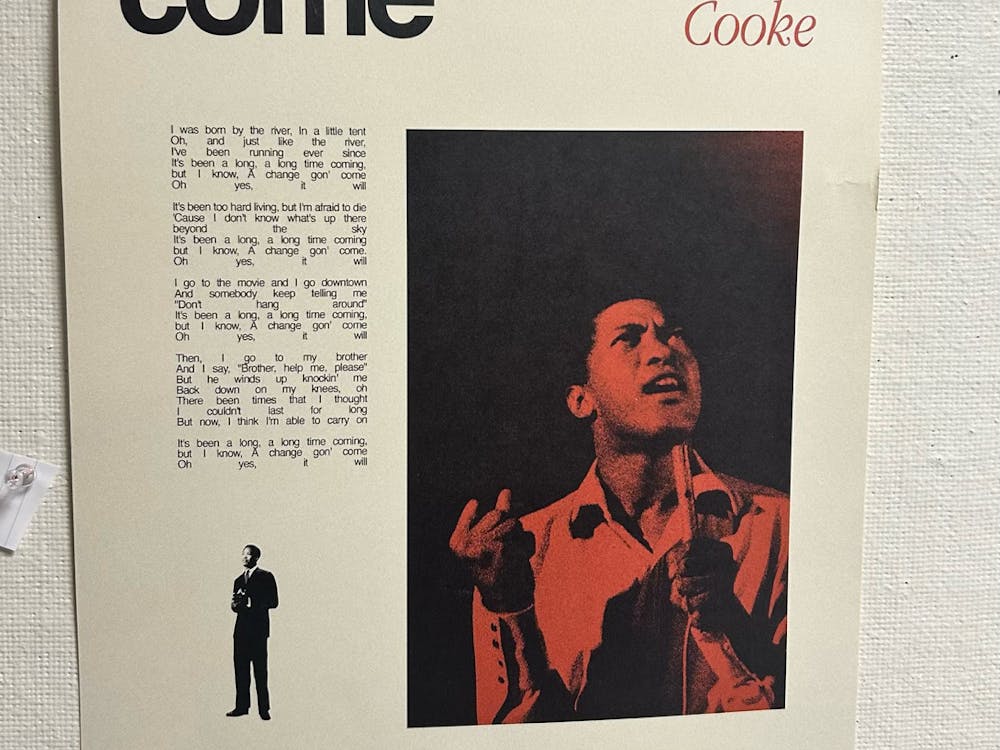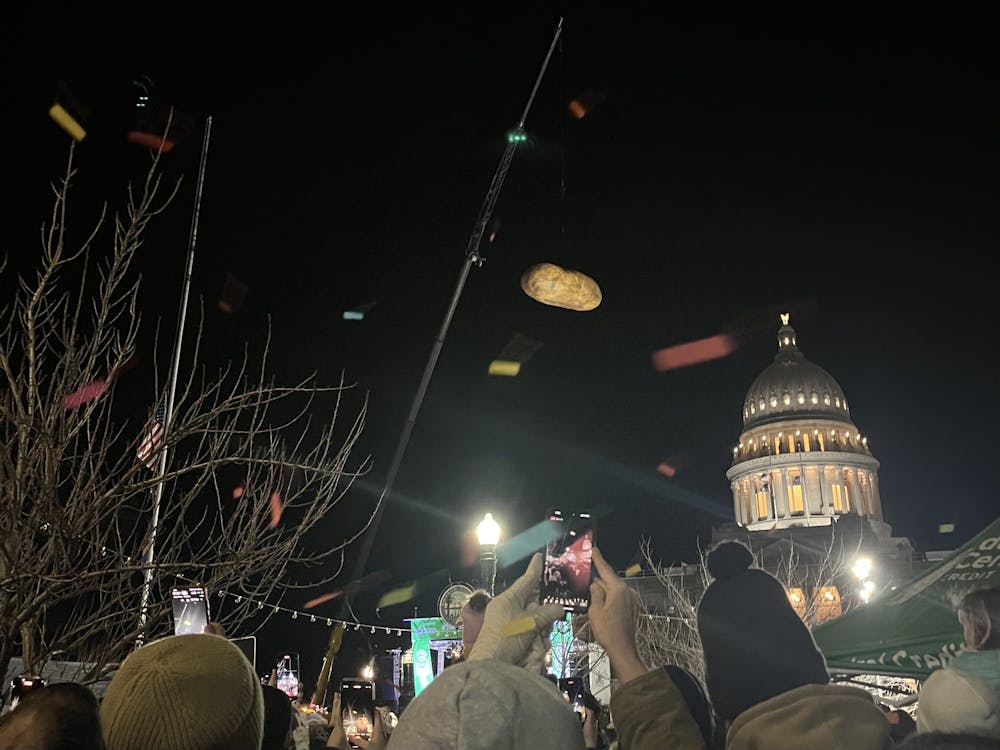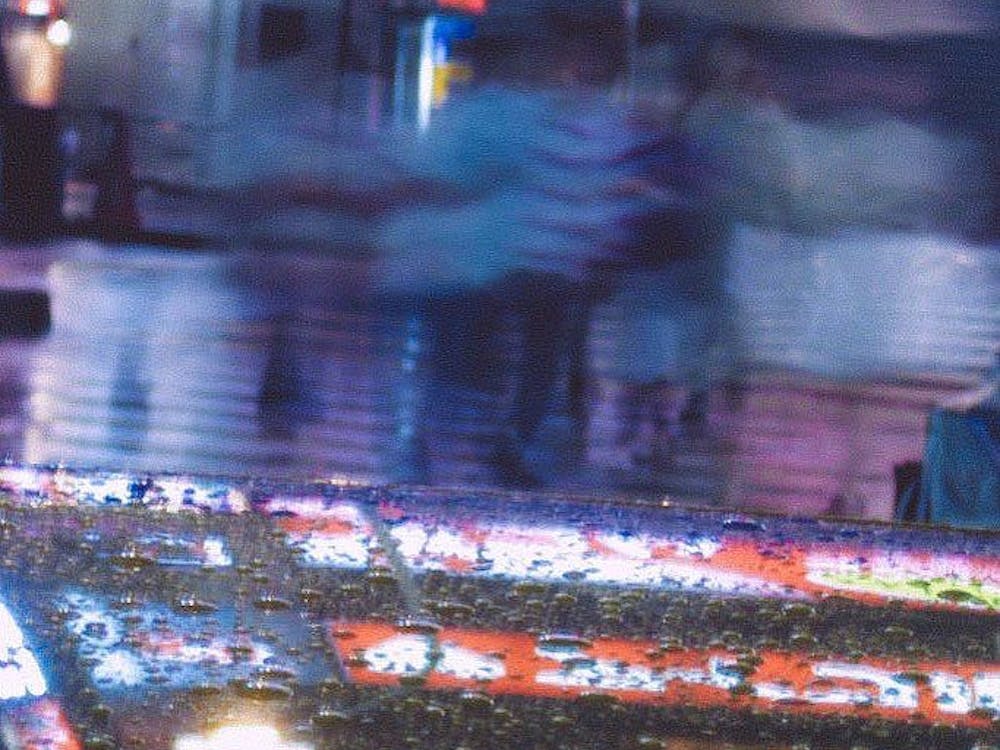Being a part of The News-Letter, as a contributing underclassman all the way through to being Editor-in-Chief, was a singular piece of my Hopkins experience. It ranks with having graduated as a working engineer for the Federal Aviation Agency.
The people I worked with, the stories I wrote, the troubles I got into as an editor, the people I met writing stories, the work to keep The News-Letter the wonderful and memorable part of Hopkins it turned out to be and even the letters I received as Editor-in-Chief from notables throughout the world (like then-Senator John F. Kennedy, business leader and philanthropist Cyrus Eaton, famous ladies of Baltimore Burlesque, civil rights leaders from that era and many more) continue to remind me of more than just the people I met, but also the incredible values that I added to my career as it played out.
Hopkins was such a no-nonsense place. For those who were responsible, thoughtful, careful and good planners, it was the perfect place to get a “ready to apply” education. That’s the way I saw it and matured through it.
As an Editor-in-Chief, I learned things about Hopkins that have never been put into print and yet are so much a part of the real history of the institution that I am compelled to tell you about a few of them now so they remain in posterity.
As an example, Homewood House was the Carroll Mansion, built in 1801, when slavery was a part of life in Baltimore. There were also Indigenous Peoples living in rural areas of Baltimore near the Mansion, and there was some anxiety about this.
There used to be (maybe still) a small, very old shed/building halfway between the back of the Homewood House and the “Old Dorms,” out on the large fields there. For four years I passed that little building and never knew what it was. (I thought it was perhaps a pumping station for sprinklers or a well house or storage shack.)
I found out by accident, as a newspaper person, that the little building was from the earliest days of Homewood House, when it truly was a small building that was placed where it was because a tunnel had been built under the field behind Homewood House, Carroll Mansion, from its basement... as an escape route for the family... when, or if, they thought it was necessary. The tunnel was a back way out of the house, just in case. The tunnel was still there in 1961 when I graduated (and may still be there!).
As another example, about 200 feet behind Gilman Hall was a greenhouse used for horticulture purposes, plant studies and the like. What was never told was that underneath the greenhouse was a nuclear power site that was accessible only from a sub-basement of one of the nearby school buildings which was used to experiment and expose plants to nuclear radiation for plant study purposes in the 1950s and 1960s. This work went on very quietly.
Still another example was student involvement in the early days of the equal rights protests in Baltimore, when students, including myself, went to restaurants, food counters and food preparation stores in the area near 33rd and Charles Streets and filled up all the seats with students, both white and Black, but Black residents were not permitted to eat at counters or tables in Baltimore restaurants then.
So we as students did our thing to work for equal rights for all. We forced many places to include ALL students and citizens in the eating places. Baltimore restaurants did finally accept our work, and the rights rules changed for good.
There was even a slightly scary time for me when, as the Editor-in-Chief, I prepared, managed and even wrote some articles for the April Fools’ Edition of The News-Letter in April of 1961 that made many funny, tongue-in-cheek stories about campus life, sports games and other nonsense! (All made up, we thought, that parodied the real stuff in The News-Letter.)
The headline story on the April Fools’ Day cover (totally made up) was about some hidden meetings and events that were held on campus that covered McCarthy — support era events — that very right-wing professors during that political time were involved in and what they supported, how and where they met and what they spoke and wrote about.
Unfortunately, what all of us did not know was that there really was a chapter of the John Birch Society at Hopkins that served to create feelings, philosophies and very right-wing stories and arrange secret actions that opposed the slightly more public expressions of liberalism, perhaps even close to “communism” then, that some universities seemed to be associated with. McCarthy himself brought this out at Congressional hearings at the time.
The April Fools’ story hit the street on the Friday after April 1 and hit the nail on the head, but all made up and never known to any of us. The edition of The News-Letter was even printed on yellow paper, and there was an attempt to confiscate all the papers around, but too late! A number of professors became very, very upset and even nasty that anti-liberalism was being written and spoofed as part of The News-Letter.
Our president, Milton Eisenhower, who I worked with on many regular articles, called me to his office and made it very clear to me that a group of professors did not want me to graduate from Hopkins at the end of May. Milton and I had many lunches together to work out what the professors wanted me to say and apologize for (but you know what college students do and feel about apologies!). In the end it was worked out to a satisfactory solution, and I still have a real yellow and yellowing copy of that edition of The News-Letter that I prize.
These are just a few of the things that I remember, almost affectionately, that went outside of the academic sphere.
Like most universities, Hopkins was lots of studies, tests, work, labs, watching sports games, practicing, music, yearbook pictures, special Sunday afternoon chef who prepared amazing meals, on-campus astronomy, dorm social activities, fraternity parties and late snacks in the dorms. Even for me there was a graduation with a few words from Eisenhower, as I shook his hand to receive my degree. Those are the things that I still remember.
I have not kept up with Hopkins journalism in the past 60 years, but I haven’t really ever forgotten the environment we worked in and the friends we made. I hope it has produced more of the same — I am so sure that it has.
I hope my bits of Hopkins history help turn more thoughts and memories. They are all part of Hopkins and its past and present world. May it help to fasten the future.
Editor’s note: The old house/building that was used as an escape route still exists on the freshman quad, not far from AMR I.





